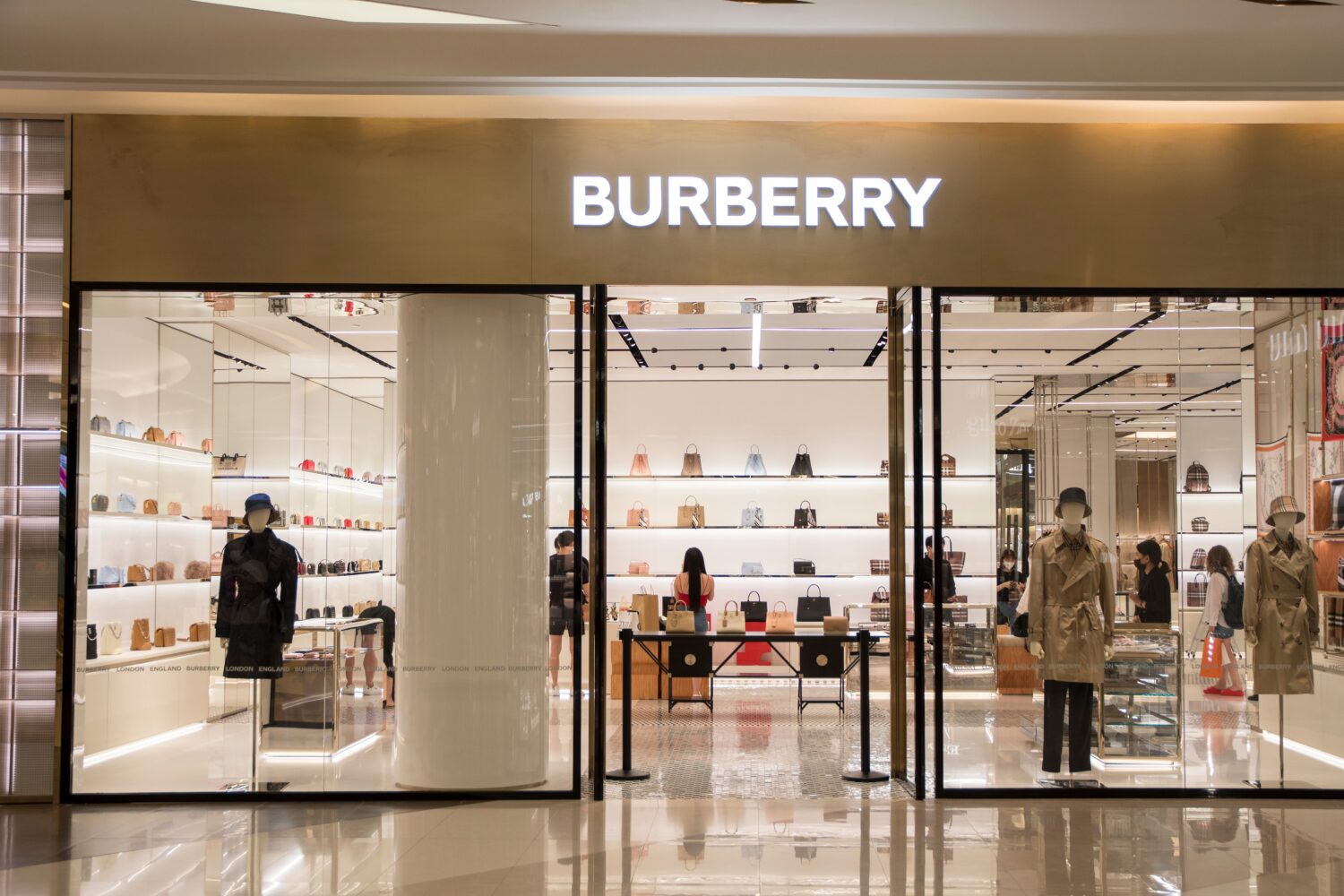High fashion, high stakes: Burberry is the latest brand to falter in the luxury landscape
CFOs of luxury fashion brands are facing a challenging landscape marked by economic uncertainties and changing consumer behaviours
CFOs of luxury fashion brands are facing a challenging landscape marked by economic uncertainties and changing consumer behaviours

The luxury fashion industry has long been associated with opulence, exclusivity, and resilience. However, recent financial reports and market trends indicate a shift in the landscape.
Luxury brands like Burberry and LVMH are facing challenges in the form of slowing demand, declining sales, and changing consumer behaviour.
As the year 2024 unfolds, CFOs in the luxury fashion sector should be on high alert and prepared to navigate the uncertainties ahead.
Burberry, a renowned British fashion house, recently slashed its profit guidance for the year, signalling a slowdown in demand for luxury purchases.
The brand now expects an adjusted operating profit for the financial year ended 30 March 2024 to be in the range of £410 million to £460 million, down from £552m-£668 million.
The company’s adjusted operating profit for the financial year is now expected to be significantly lower than previously projected. This news sent shockwaves through the industry, with shares plummeting and raising concerns about the overall health of the luxury fashion market.
Burberry’s fall in profits has been partly due to a blow from the market decline in the US and slow sales in Hong Kong, as an economic downturn and political unrest have curbed the tourism market.
Marco Pozzi, senior analyst at Contactlab, suggests that Burberry has been edging into the Premium brand market, rather than the Luxury market, which is a segment where growth and profitability are more difficult to achieve. CFOs need to consider these global market dynamics when planning their financial strategies.
Burberry’s financial woes are not isolated incidents. LVMH, the European luxury giant, also reported weaker-than-expected quarterly revenue growth, leading to a significant decline in its stock value. Luxury retailers in the US, including Tapestry and Ralph Lauren, have also experienced considerable slides in their stock prices. These developments suggest that the post-pandemic boom in luxury spending may be coming to an end.
The slowdown in luxury spending can be attributed to multiple factors, including tightening financial conditions and changing consumer behavior. China, a key market for luxury brands, is grappling with economic challenges that have dampened consumer demand. The US, another significant market, has seen a decline in luxury fashion spending for six consecutive quarters. These economic conditions, coupled with other factors such as inflation and student loan payments, have contributed to a shift in consumer spending habits.
Industry experts and analysts predict that the luxury fashion market will face further challenges in 2024.
Consultancy firm Bain forecasts a slow growth rate of 1 to 4%, following an 8% increase in 2023. The euphoria surrounding luxury purchases is waning, and brands must adapt to a more competitive and complex landscape.
China remains a crucial market for luxury fashion brands. While the country’s economic woes have impacted luxury spending, there is still significant upside potential. Recent fiscal stimulus measures introduced by the Chinese government aim to revive the post-pandemic economy. As China continues to recover, luxury brands must position themselves strategically to capitalize on the growing consumer market.
Although the US market may present short-term challenges, there is optimism for a rebound. With inflation under control and the potential for interest rate reductions, consumer spending on high-ticket items may increase. Luxury brands that have expanded their presence in the US, particularly in emerging markets like Austin, Atlanta, and Denver, may reap the benefits of population growth and job opportunities.
CFOs must develop comprehensive financial plans that account for the changing dynamics of the luxury fashion market. Implementing robust risk management strategies will help mitigate the impact of economic uncertainties, currency fluctuations, and changing consumer behaviour.
In a challenging market, CFOs should focus on optimizing costs and improving operational efficiency. Conducting thorough cost analyses, streamlining supply chains, and identifying areas for cost reduction will help maintain profitability and financial stability.
Exploring new markets and diversifying revenue streams can provide a buffer against market fluctuations. Luxury fashion brands should consider expanding into emerging markets, targeting younger demographics, and leveraging digital platforms to reach a wider audience.
CFOs should collaborate closely with marketing and sales teams to develop effective pricing strategies. Balancing exclusivity and accessibility will be crucial in attracting both high-income consumers and aspirational buyers. Emphasizing the value proposition of luxury products and experiences can help drive sales and foster customer loyalty.
Investing in technology and embracing digital transformation is essential for luxury fashion brands to remain competitive. CFOs should evaluate opportunities for automation, data analytics, and e-commerce platforms to enhance operational efficiency and deliver personalized customer experiences.
CFOs should prioritize talent management, ensuring the organization has the right skills and expertise to navigate the evolving luxury fashion landscape. Encouraging a culture of adaptability and innovation will foster resilience and enable the company to respond effectively to market changes.
The luxury fashion industry is facing significant challenges in 2024, with slowing demand and changing consumer behavior impacting the financial performance of renowned brands.
CFOs in the luxury fashion sector must respond proactively, adopting strategic measures to navigate the uncertainties ahead. By implementing effective financial planning, optimising costs, diversifying markets, and embracing technology, luxury fashion brands can position themselves for long-term success in an evolving industry.
As the luxury fashion landscape continues to evolve, CFOs must remain vigilant, adaptable, and forward-thinking to drive growth and profitability in an increasingly competitive market.